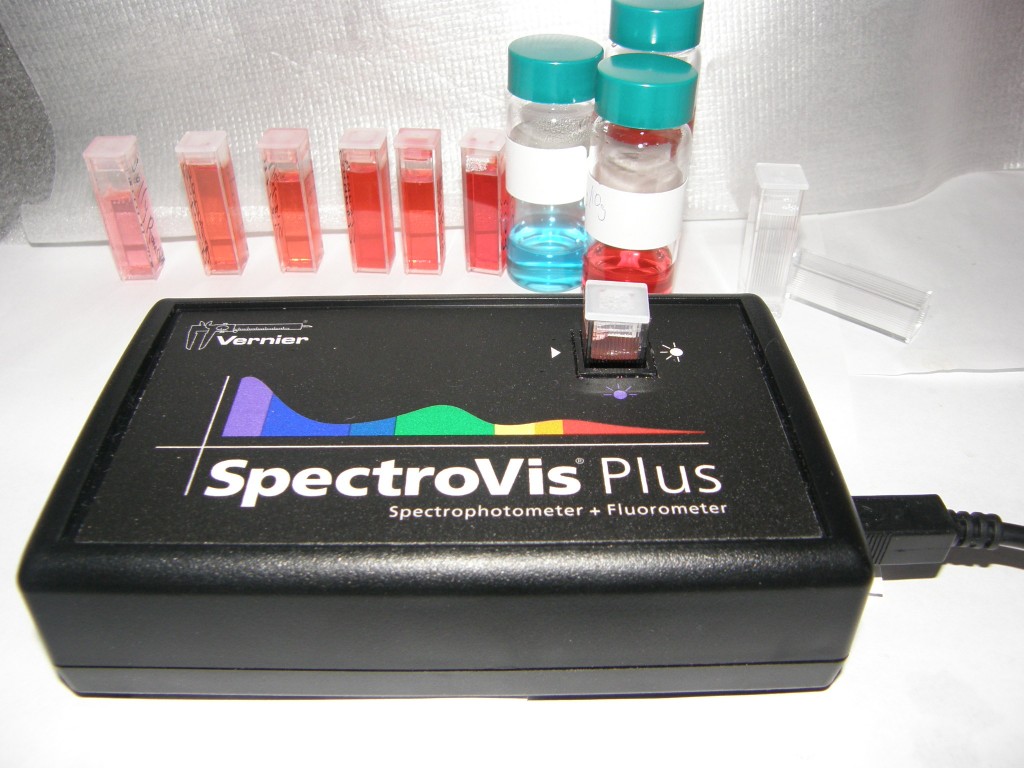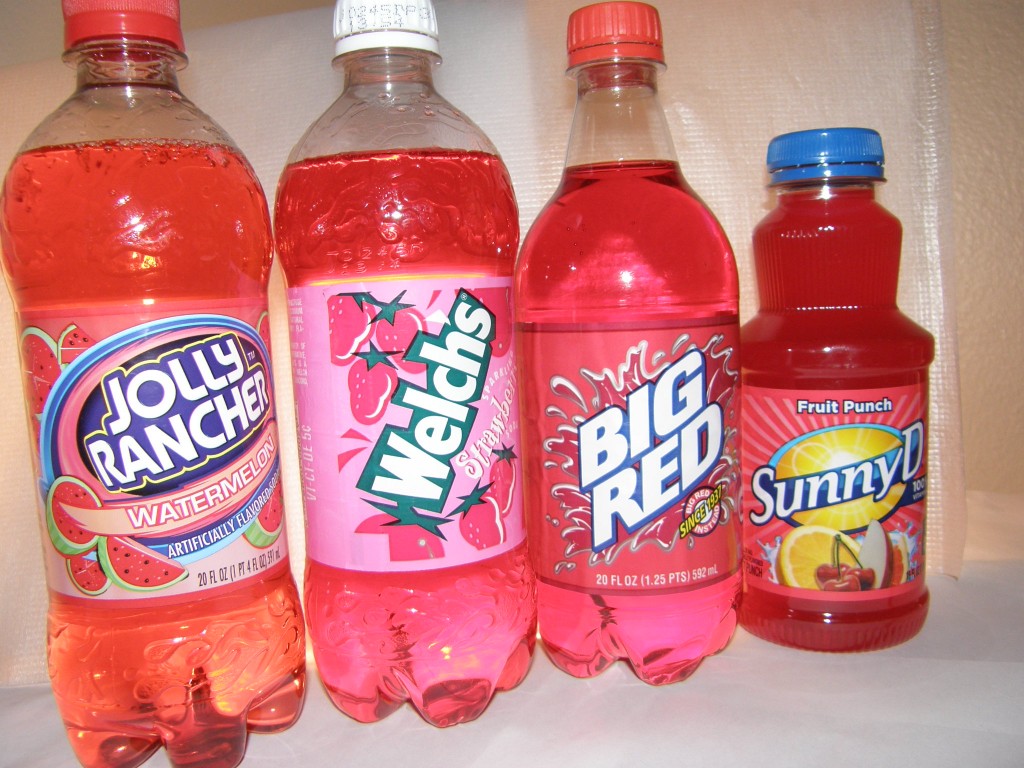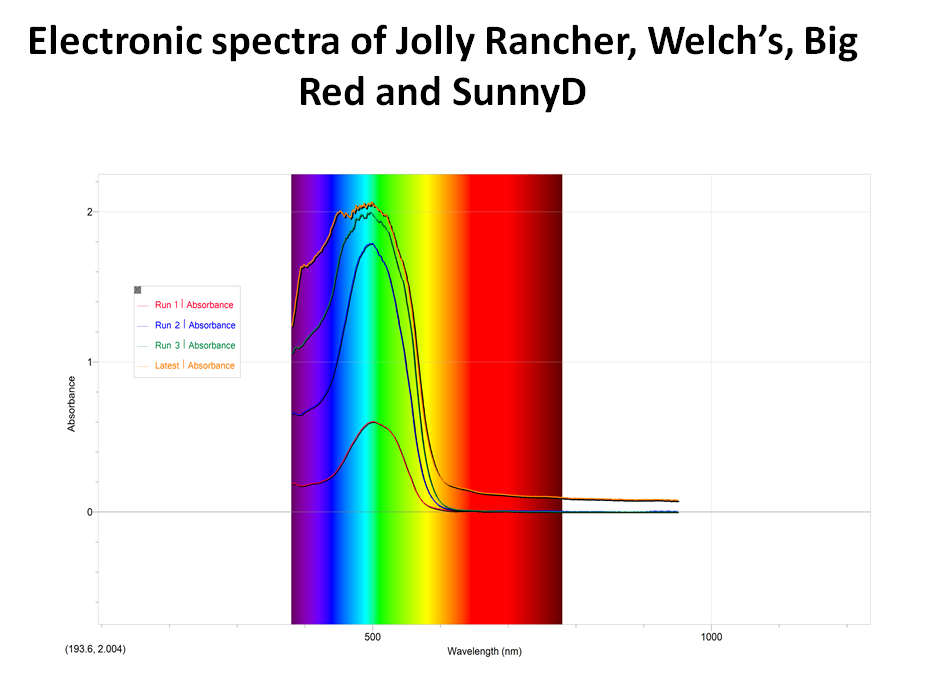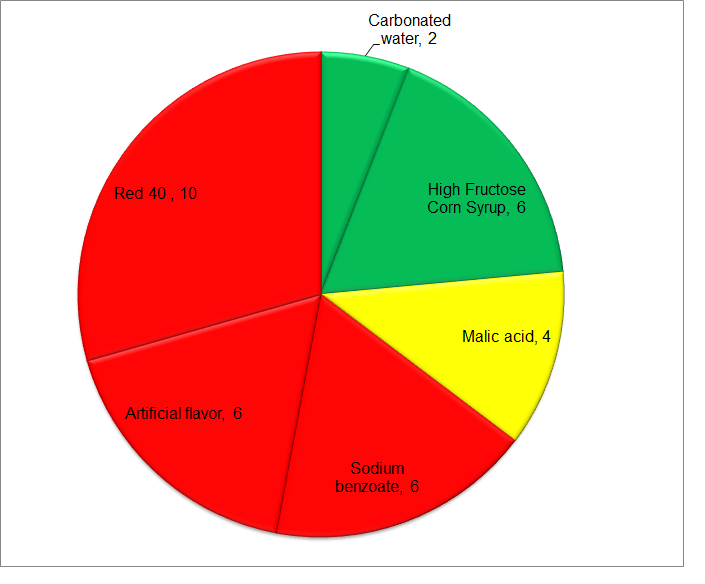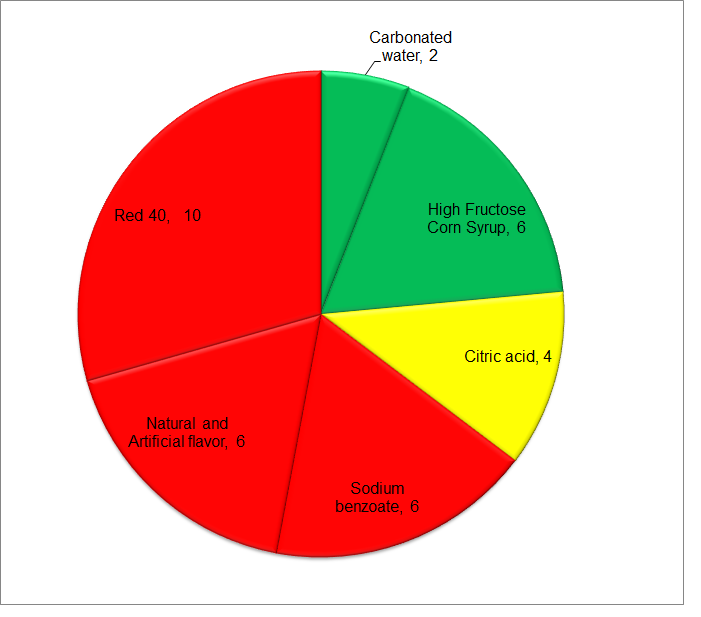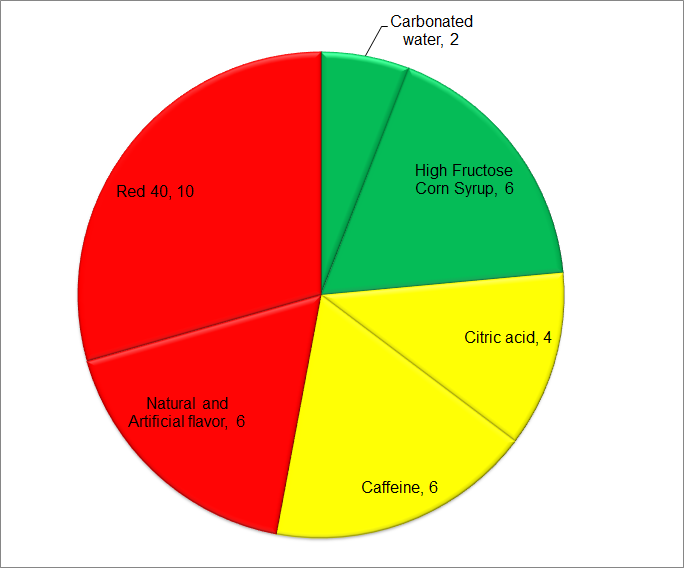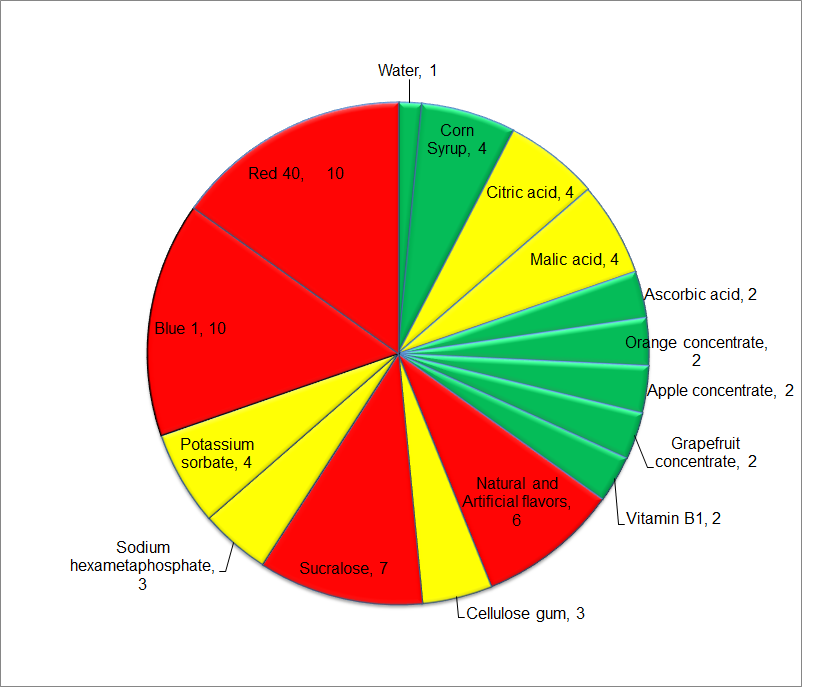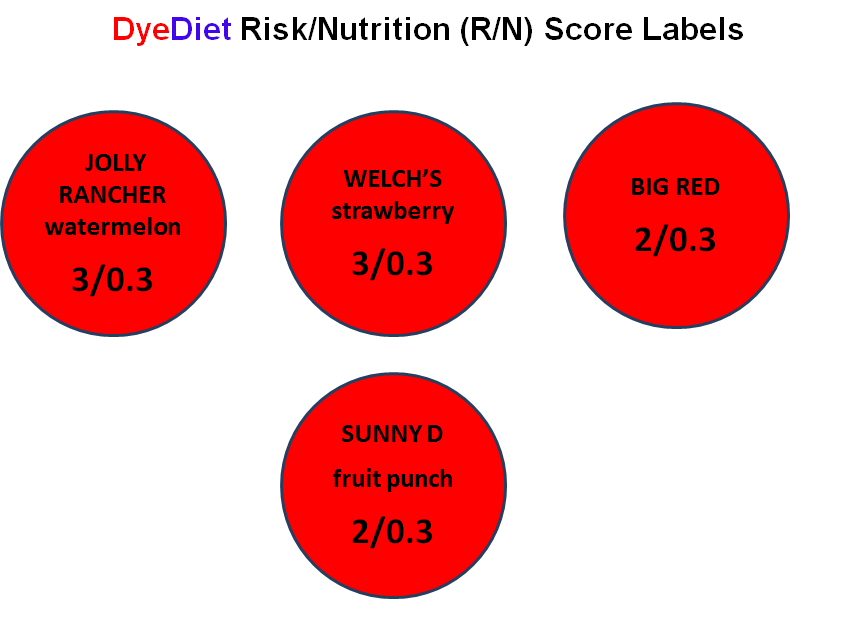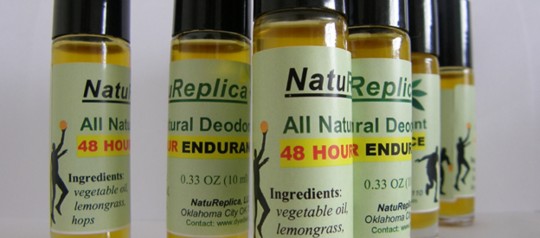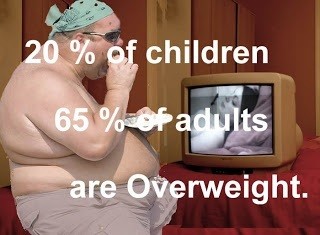How Much Dyes Do We Drink?
Food Dyes Exposure
It is easy to make money in the candy industry. What you only need is to mix up sugar, starch and the food dyes. Running business in the soft drink (liquid candy) industry is even easier! You don’t have to care about a poroduct’s shape and texture by adding countless waxes, emulsifiers, hydrogenated oils and starches. Furthermore, you don’t have to even use your brains to invent a new soft drink brand. Simply use tap water and high fructose corn syrup in combination with the artificial food colors (Food Dyes: A Rainbow of Risks) and artificial flavors instead of coming up with ANY imaginable fruit beverage from ordinary strawberries to tropical exotics!
It was always a mystery carefully guarded by food industry how much artificial dyes do they add into their products and hence how much artificial colors we do consume with our food. Not anymore! The DyeDiet is now equipped with the SpectroVis Plus spectrophotometer and Logger Pro software to start independent studies in the artificial food dyes exposure assessment.
A calibration curve of the standard Red 40 solutions has been built, light absorbance of the four popular soft drinks has been measured at the wavelength maximum of 500 nm and the concentrations of the food dye in the beverages have been calculated.
The below you can see a superposition of electronic absorbance vs wavelength spectra of the Red 40 artificial food dye found in Jolly Rancher, Welch’s Strawberry, Big Red and Sunny D soft drinks purchased at a local convenience store.
The amount of Red 40 was found to increase more than tenfold from the former (13 mg/L) to the latter (170 mg/L). The numbers are presented at the end of this article. See what Acceptable Daily Intake is according to the FDA.
Jolly Rancher Watermelon Risk Score, DDRS ~ 34
This watermelon imitation gives you quite a refreshment with 3 foreign additives (red segments, 22 units), 1 benign additive (yellow segment, 4) and 2 nutritional ingredients (green segments, 8 units). High health risk DDFI = 22/8 ~ 3, low nutrition DDNF = 8/26 ~ 0.3 and only 13 mg/L of the food dye Red 40 is what you get instead of a watermelon.
Welch’s Strawberry Risk Score, DDRS ~ 34
This is a collection of 3 foreign additives (red segments, 22 units), 1 benign additive (yellow segment, 4) and 2 nutritional ingredients (green segments, 8 units). High health risk DDFI = 22/8 ~ 3 and low nutrition DDNF = 8/26 ~ 0.3 is what you get plus 70 mg/L of Red 40 azo-dye.
Big Red Risk Score, DDRS ~ 34
With 3 foreign additives (red, 22 units), 2 benign additives (yellow, 10) and the same 2 nutritional ingredients (green, 8 units), Big Red gives you a little lower health risk DDFI = 16/8 ~ 2 due to caffeine replacement for sodium benzoate. The nutritional value, however is still the same low; DDNF = 8/26 ~ 0.3.
As you see, one of the foreign (ant-nutritional) ingredients is a “natural and artificial flavor”. It is unclear which flavor they have attempted imitating this time; perhaps the one of Red 40. I think “Big Red 40” would be a better name for a beverage with 140 mg/L of the Red 40 in it.
Sunny D fruit punch Risk Score, DDRS ~ 66
Again, please do not be fooled by the name. This seemingly sophisticated elixir consists of only TWO major constituents:
- Water and
- Corn syrup
All the decorative rest, including fruit concentrates and preservatives is added in less than 2%. This is why they had to add “natural and artificial flavors,” artificial colors Red #40 and Blue #1, and artificial sweetener – sucralose followed by potassium sorbate “to protect” their artificial flavors. Isn’t this funny? Yes, it would be if our children choose to pour the content into a sink.
With every liter of the fruit punch (~ two bottles) you allow to introduce 170 mg of Red 40 into your or your child’s body. What you drink is 4 foreign additives (red, 33 units), 5 benign additives (yellow, 18) and 7 nutritional ingredients (green segments, 15 units). Two added vitamins, B1 and C do not change the punch’s high health risk DDFI = 33/15 ~ 2 and its low nutritional value DDNF = 15/51 ~ 0.3.
DyeDiet comparison chart: Dye content and ingredients, g per serving
| Critical features | Jolly Rancher watermelon | Welch’s strawberry | Big Red | Sunny D fruit punch |
| RED 40, mg/L | 13 | 70 | 140 | 170 |
| Calories | 110a | 120a | 100a | 160b |
| Total carbs | 31 | 34 | 25 | 41 |
| Sugars | 31 | 34 | 25 | 38 |
| Conventional store price per container | $1.48 | $1.48 | $1.48 | $1.49 |
| Overall Health Risk (DDRS) | 34 | 34 | 34 | 66 |
| Food Additive Health Risk (DDFI) | 3 | 3 | 2 | 2 |
| Nutritional Value(DDNF) | 0.3 | 0.3 | 0.3 | 0.3 |
| Recommendation | NO | NO | NO | NO |
a Serving size 8 OZ (240 ml) of 20 OZ (591 ml) container; b Serving size 16 OZ (463 ml).
I don’t know who still support the manufacturing at Elizabeth Beverage Company, LLC, Welch Foods Inc., Big Red, LTD and Sunny Delight Beverages Co. by buying and drinking their liquid candies but the DyeDiet recommendation would be not to. Take a look at Snapple or pure filtered water instead. Let us start change our lives for better by making healthier food choices!
Category: Food Dyes Exposure, Soft drinks

